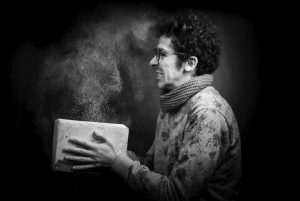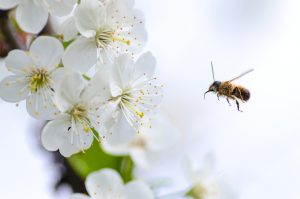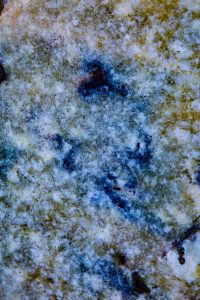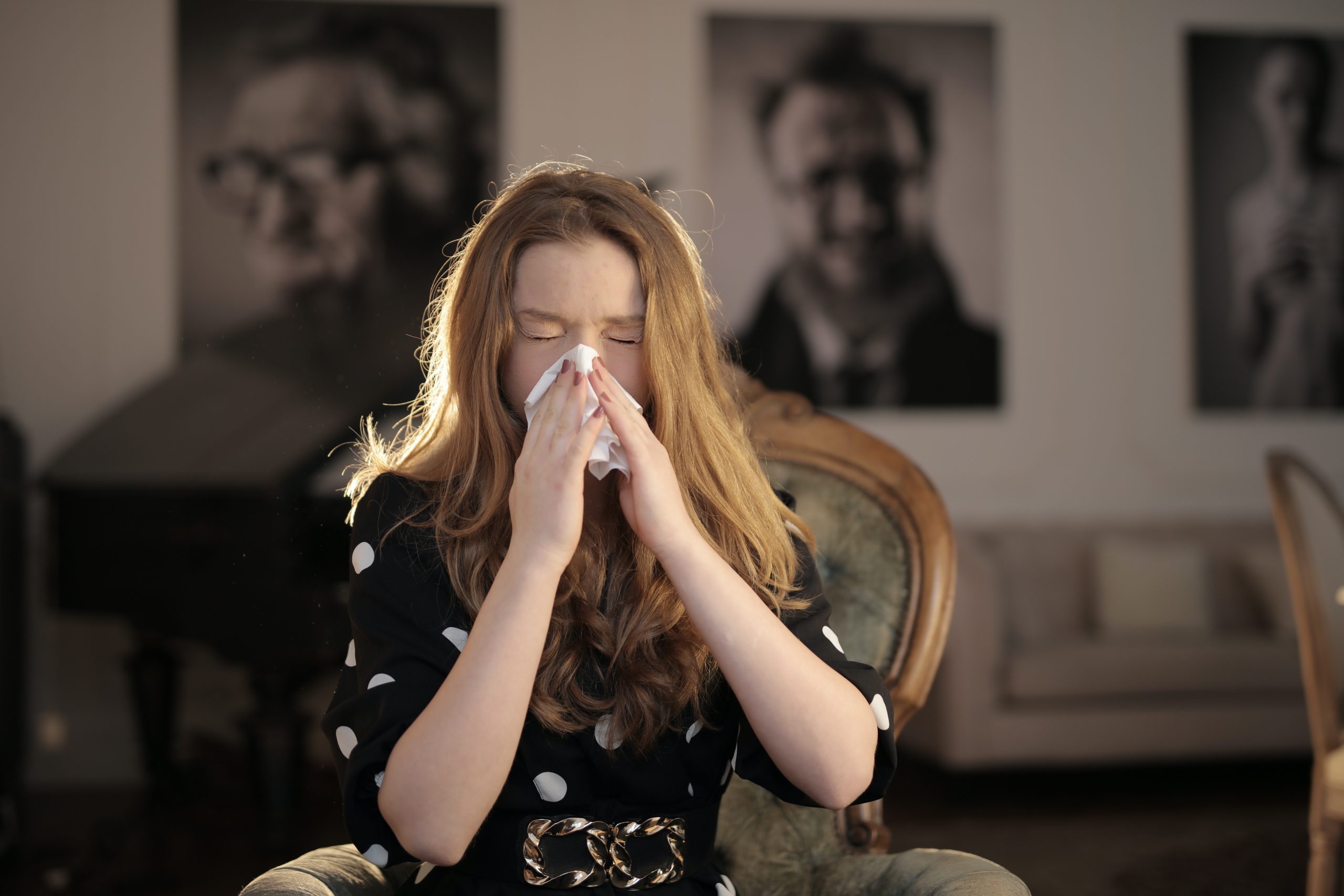What is indoor air pollution? What are the types of indoor air pollutants, if any? Today, we explain in detail how indoor air gets polluted, what particles should be eliminated, and how to deal with air pollution in our homes or workplaces.
When you hear the word pollution, what immediately comes to mind is poorly disposed of garbage, filthy drainage systems, fumes from motor vehicles, and industrial pollution. What is common about this type of pollution is that it’s outdoors and visible to the naked eye.
However, indoor air is equally bad or even worse at times. Even though we can hardly see it, indoor air could be carrying lots of pollutants that can cause serious respiratory diseases among others. Besides, we tend to spend most of our life indoors.
Signs That Your Indoor Air Could Be Polluted
First of all, if you have allergies, you will know instantly when the air has allergens. Even if you don’t have allergies, you may still experience similar symptoms. These include:
- Headaches
- Coughing
- Sneezing
- Watery and itchy eyes
- Runny nose
- Fatigue
- Red eyes
- Nasal congestion
- Dizziness
- Irritation in the respiratory tract, for example in the throat
In some instances, when the air is too dirty, you can see it with your naked eyes.
Related article: How to Improve Indoor Air Quality
Sources of Indoor Air Pollution
Indoor air pollution comes from both natural and man-made sources.
Examples of human-made sources of indoor air pollutants include:
- Furniture
- Walls
- Panelling
- Carpet
- Particulates e.g. asbestos
- Combustion e.g. from the fireplace
- Smoking
- Some pollutants stick to our clothes and shoes and we bring them into the house
Natural sources of indoor air pollution include:
- Moisture
- Radioactive gases
- Wildfires
Types of Indoor Air Pollutants and How to Remove Them
If not removed on time and using the right method, airborne pollutants can cause a myriad of illnesses, allergies, and even death. So, it is important to find out the most common indoor air pollutants and how to deal with them definitively:
1. Household dust

Dust is the most common type of air pollutant. It can be found virtually everywhere – outdoors and indoors. Mostly, you can see dust that has settled on various surfaces like tables and stools, but lots of fine dust particles float in the air.
If dust pollution is too much, one can see dust when sun rays enter the house via cracks or through an open window or door. While dust can find its way inside the house from outside when it’s windy, we tend to bring in dust ourselves.
So, it’s advisable to remove shoes at the door (or outside if possible). Also, if you’ve just come from a very dusty place, take off your clothes, throw them in the washer and head straight to the shower. If you make this a habit, dust will no longer be a thorn in your backside.
What makes up dust? Well, dust can have numerous components. These include:
- Tiny bits of sand
- Dead skin
- Tiny hairs and fibres
- Pollen
- Minerals
- Fungal spores
- Cement particles
- Atmospheric dust
- Cosmic dust (believe it or not!)
- Dust mites
Apart from trying not to bring in the dust yourself, regular dusting and vacuuming will help. Also, ensure to wash your carpet regularly as it tends to be the main place where dust settles in and becomes hard to vacuum.
Now, no amount of vacuuming, dusting, or washing will remove dust from the air. And that is why you need to buy a good air purifier for your home. Most air purifiers, especially the ones with HEPA filters eliminate dust with ease.
You can check out our review of the best air purifiers in Canada for some great recommendations.
2. Pollen

Yes, we have already mentioned that pollen can be part of the dust that is hovering around the house. However, pollen can also manifest independently, especially during the pollen season. Millions of people are allergic to pollen, and, therefore, we need to know how to deal with it.
Closing your doors and windows helps a lot during peak seasons, but pollen will always find its way into your indoor space. This can be through ventilation or settling on clothes after having been outside the house.
If you can, stay indoors till the pollen count goes down. A better solution to ensure that the house is free from pollen is to buy one of the best air purifiers for pollen.
3. Smoke

Another pollutant that should concern you is smoke. While some people enjoy smoking marijuana, cigarettes, or cigars indoors, smoke and the odours irritate most people.
If you cannot smoke outside, look for the best air purifier for smoke to ensure that the indoor air remains healthy. Other sources of smoke inside the house include the fireplace, burning food, candles, and wildfires.
4. Odours
Awful smells from the kitchen, bathroom, or dirty clothes and shoes can be a nuisance. The best way to avoid odours is to empty the rubbish in time and keep your home, clothes, and bedding clean all the time.
Also, finding the best air purifier for odours can be a step in the right direction.
5. VOCs (volatile organic compounds)
VOCs are substances that change into gaseous forms at room temperature. One of the most common VOCs is formaldehyde which is used as an adhesive when putting together building material and upholstery.
Apart from the unpleasant smell, formaldehyde is one of the most dangerous airborne pollutants and has been classified as a probable human carcinogen.
6. Particulates
Particulates are very fine particles that suspend in the air. A good example is asbestos, which can cause lung diseases including cancer.
Another source of particulates is lead paint. Once the paint dries up, it can start to chip away resulting in tiny particles floating in the air. Once you inhale these particles, you may experience headaches and in worse cases nerve and brain damage.

Even though the use of asbestos and lead paint is becoming less and less common due to restrictions, older houses still have some. If you’d like to remove asbestos from your home, engage an accredited asbestos abatement specialist.
Particulates can also come from combustion – think of candles and fires.
7. Mould spores

Mould is a type of microscopic fungi. If you experience a runny nose or itchy, watery eyes, mould could be the culprit. Also, mould can cause asthma attacks. Because mould thrives where there is moisture, expect more of it in the bathroom and kitchen.
To prevent the growth of mould, always dry the kitchen or bathroom and ensure that they are well ventilated. Also, you can buy a dehumidifier for such rooms. To remove floating mould spores, you can buy an air purifier that is made for this particular pollutant.
Trust me; there are some amazing options on the market.
8. Carbon monoxide
Lighting fires in poorly maintained fireplaces and where the ventilation is not up to scratch can result in the production of carbon monoxide. Tobacco smoke can also produce carbon monoxide.
This harmful and deadly gas is colourless and odourless. However, a good carbon monoxide detector will help you know when the air is contaminated. To eliminate carbon monoxide, open your windows and doors and turn on the fan (or fans).
9. Radon
Radon is a radioactive gas that can cause cancer and comes from cracks and gaps that may appear in the foundations of buildings. Sealing such gaps immediately after they are noticed is the best way to protect yourself.
For non-smokers, radon is the leading cause of lung cancer. Just like carbon monoxide, it is also colourless, tasteless, and odourless. Therefore, you need a radon test kit that will alert you if any radon finds its way into your home.
Once radon is detected, it’s time to call in a radon mitigation specialist.
A Recap of What to Do to Reduce Indoor Air Pollutants
For most indoor air pollutants, an air purifier will do. Air purifiers with HEPA filters and activated carbon remove most airborne substances. However, others like radon and asbestos require professional intervention due to the high risk they pose.
Also, simple ventilation can go a long way in ensuring that air flows in and out of the house while diluting the concentration of pollutants. To benefit from this natural way of making indoor air clean, open the windows on opposite sides of the room.
Conclusion
We spend over 90 percent of our time indoors. Consequently, we must endeavour to keep the environment we live in clean and healthy. While most airborne indoor air pollutants cannot be easily seen, their effects can be felt or even cause disease and death.
So, the first step is to recognize that our indoor spaces are riddled with dust, pollen, dust mites, mould, odours, VOCs, and other pollutants. The next step is to implement the necessary measures to remove such dangerous substances.
Once you win this war, rest assured that respiratory problems will be a thing of the past and you can live a happy, healthy life.
This YouTube video by Khan Academy sheds more light on indoor air pollutants:

